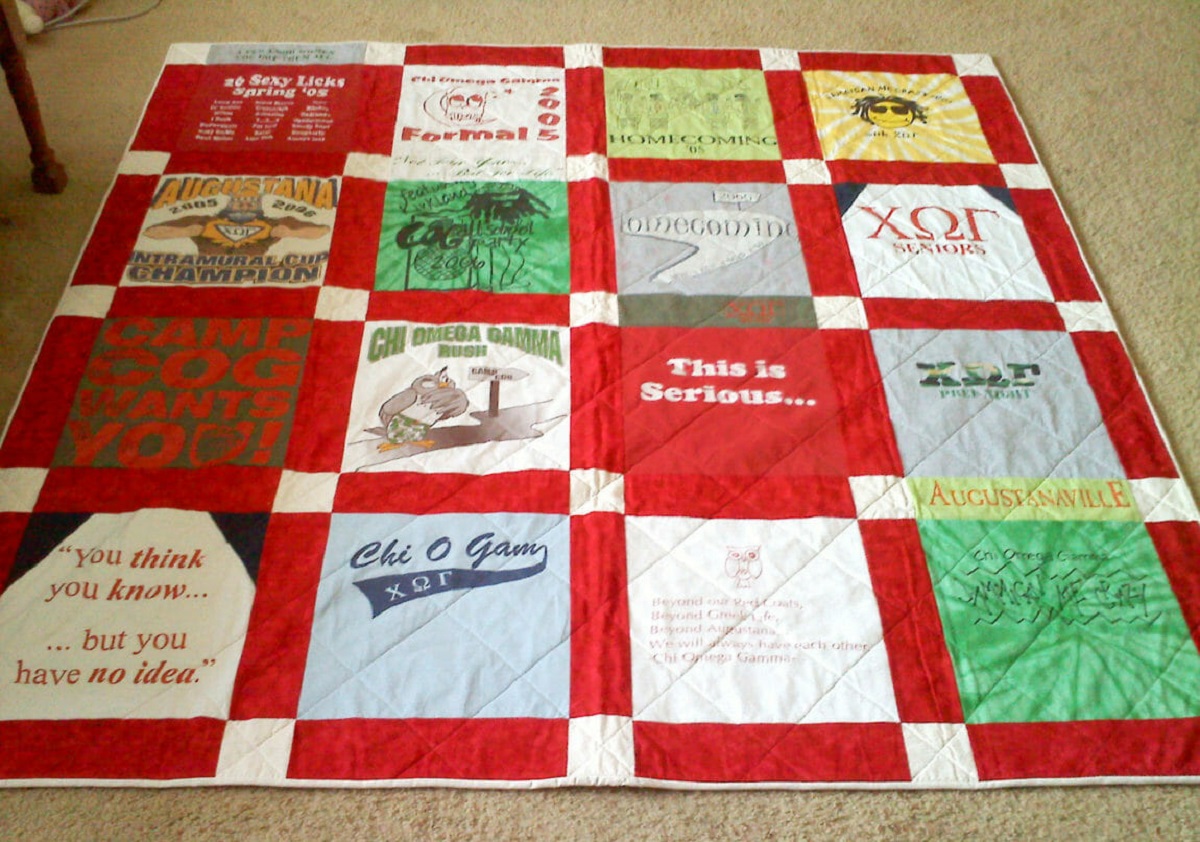

Articles
What Interfacing To Use For T-Shirt Quilt
Modified: January 6, 2024
Discover the best interfacings for your T-shirt quilt in our informative articles. Find out which interfacing to use to create a durable and beautiful quilt.
(Many of the links in this article redirect to a specific reviewed product. Your purchase of these products through affiliate links helps to generate commission for Storables.com, at no extra cost. Learn more)
Introduction
T-Shirt quilts are a popular way to preserve memories and showcase a collection of cherished t-shirts. Whether you have accumulated a stack of concert tees, sports jerseys, or just a collection of treasured shirts, turning them into a quilt can be a rewarding and sentimental project.
When creating a t-shirt quilt, one essential component to consider is the type of interfacing to use. Interfacing is a material that is sandwiched between the t-shirt fabric and the backing fabric to provide stability, structure, and durability. It helps to prevent stretching, fraying, and sagging, ensuring that the quilt maintains its shape over time.
There are different types of interfacing available in the market, each with its own characteristics and suitability for various projects. Understanding the differences between them can help you choose the right interfacing for your t-shirt quilt.
In this article, we will explore the various types of interfacing commonly used for t-shirt quilts and provide guidance on how to choose the best one for your project. We will also provide a step-by-step guide to using interfacing and offer some tips and tricks for successful application. Let’s dive in!
Key Takeaways:
- Choose the right interfacing for your t-shirt quilt based on fabric weight, stretchiness, and desired structure to ensure stability and longevity while maintaining comfort and appearance.
- Follow best practices for applying interfacing, including testing on scrap fabric, applying even heat and pressure, and allowing sufficient cooling time, to create a durable and visually appealing t-shirt quilt that preserves cherished memories.
Different Types of Interfacing for T-Shirt Quilts
When it comes to choosing the right interfacing for your t-shirt quilt, it’s important to consider factors such as the weight and stretchiness of your t-shirt fabric, as well as the desired level of structure and stiffness in the final quilt.
Here are four common types of interfacing that are frequently used for t-shirt quilts:
- Cotton Interfacing: Cotton interfacing is a lightweight and breathable option that works well for t-shirt quilts made with thin or stretchy fabrics. It provides a bit of stability without adding too much stiffness, allowing the quilt to remain soft and comfortable.
- Fusible Interfacing: Fusible interfacing has a layer of adhesive on one side, which is activated with heat and binds with the fabric when ironed. It provides excellent stability and structure, making it suitable for t-shirt quilts made with medium to heavy-weight fabrics. Fusible interfacing is easy to use, as it adheres to the fabric with the application of heat.
- Pellon Interfacing: Pellon is a brand that offers a range of interfacing products suitable for different applications. Pellon interfacing is available in various weights and finishes, allowing you to choose the one that best suits your t-shirt quilt project. It is known for its quality and durability.
- Fleece Interfacing: Fleece interfacing adds a layer of warmth and softness to your t-shirt quilt. It is often used for quilts that are intended to provide extra coziness, such as lap quilts or blankets. Fleece interfacing can be sewn or fused onto the back of the quilt top to provide insulation and a plush feel.
Each type of interfacing has its own advantages and considerations. It’s important to consider the specific requirements of your t-shirt quilt project and choose the interfacing that will best meet your needs. Experimenting with different types of interfacing can help you achieve the desired level of stability, structure, and comfort in your quilt.
In the next sections, we will delve deeper into each type of interfacing, discussing their benefits, considerations, and how to use them effectively in your t-shirt quilt project.
Cotton Interfacing
Cotton interfacing is a popular choice for t-shirt quilts that are made with thin or stretchy fabrics. It offers lightweight stability without compromising the softness and comfort of the quilt.
Here are some key details about cotton interfacing:
- Weight: Cotton interfacing typically comes in various weights, ranging from light to heavy. The weight you choose will depend on the thickness and stretchiness of your t-shirt fabric, as well as the desired level of stability in the quilt.
- Breathability: Cotton is a natural fiber that allows air to flow through, providing good breathability in the quilt. This is especially important if you live in a warmer climate or if the quilt is intended for cuddling and comfort.
- Application: Cotton interfacing can be applied either by sewing it onto the t-shirt fabric or by using a fusible version. Sewing the interfacing provides a more secure bond and prevents any shifting or bubbling, while the fusible option allows for a quicker and easier application process.
- Softness: One advantage of using cotton interfacing is that it maintains the softness and drape of your t-shirt fabric. It adds a subtle level of stability without creating a stiff or rigid feel in the quilt.
When using cotton interfacing for your t-shirt quilt, it is important to select the appropriate weight based on the characteristics of your t-shirt fabrics. If your t-shirts are thin and lightweight, opt for a lighter weight interfacing to ensure that it doesn’t overpower the fabric. If your t-shirts have more structure or are slightly thicker, a medium-weight interfacing may work better.
Before applying the interfacing, it’s a good idea to prewash it to prevent any shrinkage or distortion during the quilting process. This will help ensure that your quilt maintains its shape and appearance over time.
Cotton interfacing is a versatile option for t-shirt quilts, providing a balanced combination of stability and softness. It is a reliable choice for those who want to preserve the lightweight and breathable qualities of their t-shirt fabric while adding some structure to their quilt.
Fusible Interfacing
Fusible interfacing is a popular choice for t-shirt quilts that require a higher level of stability and structure. It is designed with a layer of adhesive on one side, which is activated with heat and binds the interfacing to the fabric when ironed.
Here are some key details about fusible interfacing:
- Stability: Fusible interfacing provides excellent stability to the fabric, preventing stretching and fraying. It adds structure and support to the quilt, ensuring that it maintains its shape over time.
- Application: Using fusible interfacing is relatively easy. Simply cut it to the desired size, place it adhesive side down onto the back of the t-shirt fabric, and use a hot iron to adhere it. Make sure to follow the manufacturer’s instructions for the specific type of fusible interfacing you are using.
- Adhesion: Fusible interfacing forms a strong bond with the fabric, creating a secure and durable quilt. However, it is important to apply the right amount of heat and pressure while ironing to ensure that the adhesive fully activates and adheres without causing any damage to the fabric.
- Weight: Fusible interfacing comes in various weights, allowing you to choose the right one based on the thickness and stretchiness of your t-shirt fabric. It is available in light, medium, and heavy options, with each weight providing a different level of stability.
When using fusible interfacing, it’s crucial to carefully position and align the interfacing with each t-shirt fabric, ensuring that there are no wrinkles or bubbles. Take your time when ironing, applying even pressure and using a pressing cloth if necessary to protect the fabric from direct heat.
It’s worth noting that fusible interfacing may add some stiffness to the quilt, especially if a heavier weight interfacing is used. If you prefer a softer and more flexible quilt, consider using a lighter weight fusible interfacing or combining it with other types of interfacing, such as cotton interfacing.
Fusible interfacing is an excellent choice for t-shirt quilts that require added stability and structure. It offers convenience and ease of application, ensuring that your quilt remains intact and withstands the test of time.
Pellon Interfacing
Pellon is a well-known brand that offers a wide range of interfacing products suitable for various applications, including t-shirt quilts. Pellon interfacing comes in different weights, finishes, and compositions, allowing you to choose the one that best suits your project.
Here are some key details about Pellon interfacing:
- Wide Variety: Pellon offers a diverse selection of interfacing options, including woven, non-woven, knit, and specialty varieties. Each type of interfacing has its own unique characteristics and suitability for different projects, giving you the flexibility to choose the right one for your t-shirt quilt.
- Quality and Durability: Pellon is known for producing high-quality interfacing that is designed to withstand the rigors of quilting and provide long-lasting stability. Their interfacing products are reliable and trusted by many quilters.
- Application: The application process for Pellon interfacing is similar to other types of interfacing. You can choose to sew it onto the fabric or use a fusible version, depending on your preference and the characteristics of your t-shirt fabric.
- Weight and Characteristics: Pellon interfacing comes in various weights, allowing you to select the one that aligns with the desired level of stability and structure in your t-shirt quilt. Additionally, Pellon offers options with added features, such as water-resistant or flame-retardant properties, providing even more versatility.
When using Pellon interfacing, it is essential to select the appropriate weight and type based on the specific requirements of your t-shirt quilt. Consider factors such as the stretchiness of the fabric, the desired level of stiffness, and any additional features that may be beneficial for your project.
Experimenting with different types of Pellon interfacing can help you determine which one works best for your t-shirt quilt projects. You may find that certain types of Pellon interfacing offer better results for specific fabrics or designs, allowing you to create a quilt that meets your vision and requirements.
Pellon interfacing is a reliable and versatile option for t-shirt quilts. With their diverse product offerings and trusted quality, Pellon provides quilters with the tools they need to create beautifully structured and stable quilts.
Fleece Interfacing
Fleece interfacing is a unique type of interfacing that adds warmth, softness, and a plush feel to your t-shirt quilt. It is often used for quilts that are intended to provide extra coziness, such as lap quilts or blankets.
Here are some key details about fleece interfacing:
- Warmth and Insulation: Fleece interfacing is designed to provide an additional layer of warmth to your t-shirt quilt. It can help trap heat and create a cozy environment, making it perfect for cold weather or snuggling up with your quilt on a chilly evening.
- Softness: One of the main advantages of using fleece interfacing is the luxurious softness it adds to your quilt. It creates a plush and comforting texture, making your quilt even more inviting and huggable.
- Application: Fleece interfacing can be sewn onto the back of your quilt top or fused using a fusible version. Sewing the interfacing in place ensures a secure and durable bond, while the fusible option offers a quicker and easier application process.
- Thickness: Fleece interfacing comes in different thicknesses to suit your preference. Thicker fleece provides more insulation and a bulkier feel, while thinner fleece offers a lighter and less bulky option.
When using fleece interfacing, it’s important to consider the overall desired weight and thickness of your quilt. If you prefer a lighter and more flexible quilt, opt for a thinner fleece interfacing. On the other hand, if you want a heavier and more substantial quilt, choose a thicker fleece interfacing.
An additional advantage of fleece interfacing is that it helps to reduce the visibility of the t-shirt fabric underneath. This is particularly useful if your t-shirts have different colors or patterns that you want to minimize in your overall quilt design.
It’s worth noting that because fleece interfacing adds bulk and thickness to the quilt, it may require additional attention when quilting. Consider using a larger needle size, adjusting the tension on your sewing machine, and selecting appropriate quilting designs to accommodate the extra thickness.
Fleece interfacing is a fantastic choice for t-shirt quilts when you want to add extra warmth, softness, and a luxurious feel. It transforms your quilt into a cozy masterpiece, perfect for curling up and enjoying those colder days and nights.
When making a T-shirt quilt, use a lightweight fusible interfacing to stabilize the stretchy T-shirt fabric and prevent distortion during sewing. This will make the quilt easier to work with and ensure a professional finish.
Choosing the Right Interfacing for Your T-Shirt Quilt
When selecting the interfacing for your t-shirt quilt, it’s essential to consider several factors to ensure the best results. Here are some guidelines to help you choose the right interfacing for your project:
- Fabric Weight: Consider the weight of your t-shirt fabric. If your t-shirts are thin and lightweight, opt for a lighter weight interfacing to prevent it from overpowering the fabric. For thicker fabrics, such as sports jerseys, a medium or heavy-weight interfacing may be more appropriate to provide sufficient stability.
- Stretchiness: Determine the stretchiness of your t-shirt fabric. Fabrics with more stretch, such as those made of spandex or knits, may require a more flexible interfacing that can handle the fabric’s movement. Conversely, less stretchy fabrics may work well with a stiffer interfacing to provide the necessary structure.
- Desired Structure: Consider the level of structure you want in your quilt. If you prefer a soft and drapey quilt, cotton interfacing or lighter weight interfacing options may be suitable. If you want a quilt with more stiffness and stability, consider fusible interfacing or heavier weight options.
- Additional Features: Some interfacing options offer additional features like water-resistance or flame retardancy. If these features are important for your project, consider choosing interfacing with these properties.
- Personal Preference: Ultimately, the choice of interfacing will depend on your personal preference. Consider the feel and look you want to achieve in your quilt. It can be helpful to experiment with small sample pieces of fabric and different interfacing types to see how they interact before committing to the final selection.
Keep in mind that there is no one-size-fits-all solution when it comes to choosing interfacing for your t-shirt quilt. It’s crucial to assess your specific project requirements and take into account the characteristics of your t-shirt fabric to determine the most suitable interfacing for your needs.
Remember that the interfacing serves as a support layer for your t-shirt fabric, enhancing its stability and longevity while maintaining the comfort and appearance of the quilt. Finding the right balance between structure and softness will ensure that your t-shirt quilt stands the test of time and brings joy for years to come.
Step-by-Step Guide to Using Interfacing for a T-Shirt Quilt
Using interfacing in your t-shirt quilt can make a significant difference in its overall stability and durability. Here is a step-by-step guide to help you effectively apply interfacing to your t-shirt quilt:
- Gather Your Materials: Gather all the materials you’ll need for the project, including your t-shirt fabrics, interfacing, a cutting mat, rotary cutter or fabric scissors, an iron, and an ironing board.
- Prepare Your T-Shirts: Lay out your t-shirts and decide on their layout and placement in your quilt. Make any necessary cuts or adjustments to ensure that all the t-shirts are of similar size and ready for interfacing.
- Measure and Cut the Interfacing: Measure the size of each t-shirt block and cut the interfacing accordingly. Leave a small border around each t-shirt to account for seam allowances. It’s recommended to cut the interfacing slightly smaller than the t-shirt block to prevent it from peeking out from the edges.
- Position the Interfacing: Place the cut interfacing on the back of each t-shirt block, ensuring it covers the entire design or logo area. Make sure the adhesive side (if applicable) is facing down against the fabric. Pin or temporarily secure the interfacing in place.
- Apply Heat and Pressure: Set up your ironing board and preheat your iron to the appropriate temperature for the interfacing type. Press the iron firmly onto the interfacing, applying heat and pressure evenly across the entire surface. Follow the manufacturer’s instructions for the specific interfacing you are using.
- Allow to Cool: After applying heat and pressure, allow the t-shirt block to cool completely before moving or adjusting it. This will ensure that the adhesive properly sets and adheres to the fabric.
- Repeat for All T-Shirt Blocks: Repeat the interfacing application process for each t-shirt block in your quilt. Take your time to achieve smooth and wrinkle-free results.
- Assemble Your Quilt: Once all the t-shirt blocks have been interfaced and cooled, you can begin assembling your quilt. Sew the blocks together according to your desired layout, being careful to align seams and corners accurately.
- Finish Your Quilt: Complete the quilting process by layering your quilt top with batting and backing fabric. Quilt the layers together using your preferred method – by hand or with a sewing machine. Finally, bind the edges of your quilt to give it a finished look.
- Enjoy Your T-Shirt Quilt: Once your quilt is complete, take some time to admire your hard work and enjoy the memories and stories that each t-shirt represents. Your t-shirt quilt is now ready to be cherished and used for years to come.
Following these steps will help ensure that the interfacing is properly applied to each t-shirt block, providing the necessary stability and structure to your t-shirt quilt. Take your time, be patient, and enjoy the process of transforming your collection of t-shirts into a beautiful and meaningful quilt.
Tips and Tricks for Successful Interfacing Application
Applying interfacing to your t-shirt quilt is a crucial step in ensuring its stability and longevity. Here are some tips and tricks to help you achieve successful interfacing application:
- Read the Instructions: Before starting the interfacing process, carefully read and follow the manufacturer’s instructions for the specific interfacing you are using. Different types of interfacing may require different temperature settings or techniques for application.
- Test with Scrap Fabric: If you’re using a new type of interfacing or experimenting with different brands, it’s a good idea to test it with scrap fabric before applying it to your actual t-shirts. This will help you familiarize yourself with the process and determine the desired result before committing to the final quilting project.
- Use a Press Cloth: To protect your t-shirt fabric and prevent any adhesive from accidentally transferring onto your iron, place a press cloth or piece of fabric between the iron and the interfacing. This will act as a barrier and prevent any mishaps.
- Apply Even Heat and Pressure: When ironing the interfacing onto the t-shirt fabric, make sure to apply even heat and pressure across the entire surface. This will help ensure that the interfacing adheres evenly and eliminates any wrinkles or bubbles.
- Allow Time to Cool: After applying heat and pressure, give the interfaced t-shirt block sufficient time to cool completely before handling or moving it. This cooling period is necessary for the adhesive to fully set and create a strong bond with the fabric.
- Secure the Interfacing: To keep the interfacing in place while applying heat, consider using pins or temporary adhesive to secure it to the t-shirt fabric. This will prevent any shifting or movement during the ironing process, resulting in a more precise application.
- Trim Excess Interfacing: Once the interfacing has been applied and cooled, trim any excess interfacing that may extend beyond the edges of the t-shirt block. This will ensure that it doesn’t interfere with the seam allowances or create unnecessary bulk in your quilt.
- Practice Patience: Take your time when applying interfacing to each t-shirt block. Rushing the process may lead to uneven application, wrinkles, or unsatisfactory results. Allow yourself the time needed to achieve a smooth, well-adhered interfacing.
- Consider Seam Allowances: When cutting the interfacing, remember to account for seam allowances if you plan to sew the t-shirt blocks together. Leaving a small border around each block will ensure that the seam allowances are not affected by the interfacing.
- Adjust Iron Temperature: Some t-shirt fabrics may be sensitive to heat. If you notice the fabric shrinking or warping during the interfacing process, lower the temperature of your iron or use a pressing cloth to protect the fabric from direct heat.
By following these tips and tricks, you’ll greatly increase the chances of successful interfacing application for your t-shirt quilt. Remember, practice makes perfect, so don’t be afraid to experiment and adjust your technique to achieve the best results.
Read more: How To Store T-Shirts On Shelves
Common Mistakes to Avoid When Using Interfacing
Using interfacing is an important step in creating a stable and durable t-shirt quilt. However, there are some common mistakes that quilters may make when working with interfacing. Here are some pitfalls to avoid:
- Choosing the Wrong Type of Interfacing: Selecting the wrong type of interfacing can lead to unsatisfactory results. Be sure to consider the weight, stretchiness, and desired structure of your t-shirt fabric when choosing the interfacing. Using a heavyweight interfacing for lightweight fabrics or a lightweight interfacing for heavy fabrics can affect the overall stability of the quilt.
- Not Pre-Washing the Interfacing: It’s important to pre-wash the interfacing before use to prevent any shrinkage or distortion. Failure to pre-wash can cause the interfacing to shrink at a different rate than the fabric, potentially leading to puckering or unevenness in the quilt.
- Skipping a Test Run: Testing the interfacing on scrap fabric before applying it to the t-shirts is highly recommended. Each brand and type of interfacing can have different characteristics and require different techniques for application. Skipping the test run can result in unexpected outcomes or damage to your t-shirt fabric.
- Not Applying Even Heat and Pressure: Uneven heat and pressure can lead to a poor bond between the interfacing and fabric. It’s crucial to apply consistent heat and pressure across the entire surface of the interfacing to ensure a smooth and secure application.
- Rushing the Cooling Period: Allowing sufficient time for the interfaced t-shirt block to cool is essential. Rushing the cooling process can result in the interfacing not fully adhering to the fabric, causing it to peel or separate over time.
- Using Excessive Heat: Applying excessive heat to the t-shirt fabric can cause it to shrink, distort, or even burn. Always use the recommended heat setting for the specific type of interfacing and make use of a pressing cloth to protect the fabric from direct heat.
- Not Trimming Excess Interfacing: Neglecting to trim any excess interfacing that extends beyond the t-shirt block can lead to bulkiness and interfere with the quilt’s seam allowances. Trimming the excess ensures a clean and neat appearance and makes it easier to sew the blocks together.
- Ignoring the Fabric Care Instructions: It’s important to consider the care instructions for both the t-shirt fabric and the interfacing. Some fabrics may not be suitable for high heat or have specific requirements that must be followed to maintain their integrity. Ignoring these instructions can result in fabric damage and jeopardize the longevity of your quilt.
- Not Stabilizing Seams: When sewing the t-shirt blocks together, it’s crucial to stabilize the seams that join the blocks. This can be done by either using a stabilizing stitch or incorporating additional interfacing between the seam allowances. This step helps prevent stretching and ensures the quilt retains its shape over time.
- Skipping the Finishing Touches: Once the interfacing is applied and the quilt is assembled, make sure to complete the finishing touches such as quilting and binding. These steps not only add to the overall aesthetic appeal of the quilt but also provide additional stability and support.
Avoiding these common mistakes will help you achieve a successful interfacing application and ensure that your t-shirt quilt is both durable and visually appealing. Take your time, read the instructions carefully, and pay attention to detail to create a beautifully crafted quilt that will last for years to come.
Conclusion
Interfacing is a critical component when creating a t-shirt quilt. It provides stability, structure, and durability, ensuring that your quilt maintains its shape and withstands the test of time. By choosing the right type of interfacing for your project and applying it correctly, you can transform a collection of t-shirts into a cherished quilt that showcases your memories and tells your story.
In this article, we explored different types of interfacing commonly used for t-shirt quilts. From cotton and fusible interfacing to Pellon and fleece interfacing, each type offers distinct benefits and considerations. We discussed how to choose the right interfacing based on factors such as fabric weight, stretchiness, desired structure, and personal preference.
We provided a step-by-step guide to successfully using interfacing for your t-shirt quilt, emphasizing the importance of reading instructions, testing the interfacing on scrap fabric, applying even heat and pressure, and allowing sufficient cooling time. Additionally, we shared tips and tricks to help you achieve optimal results and highlighted common mistakes to avoid during the interfacing process.
Remember, creating a t-shirt quilt is a labor of love, and using the right interfacing is vital to ensure a successful outcome. Take the time to choose the appropriate interfacing for your project and follow the best practices for application. By doing so, you can create a t-shirt quilt that not only preserves your cherished memories but also remains beautiful and durable for years to come.
So gather your favorite t-shirts, select the perfect interfacing, and embark on this creative endeavor. Your t-shirt quilt will not only keep you warm and cozy but also be a testament to the many experiences and moments you hold dear.
Frequently Asked Questions about What Interfacing To Use For T-Shirt Quilt
Was this page helpful?
At Storables.com, we guarantee accurate and reliable information. Our content, validated by Expert Board Contributors, is crafted following stringent Editorial Policies. We're committed to providing you with well-researched, expert-backed insights for all your informational needs.
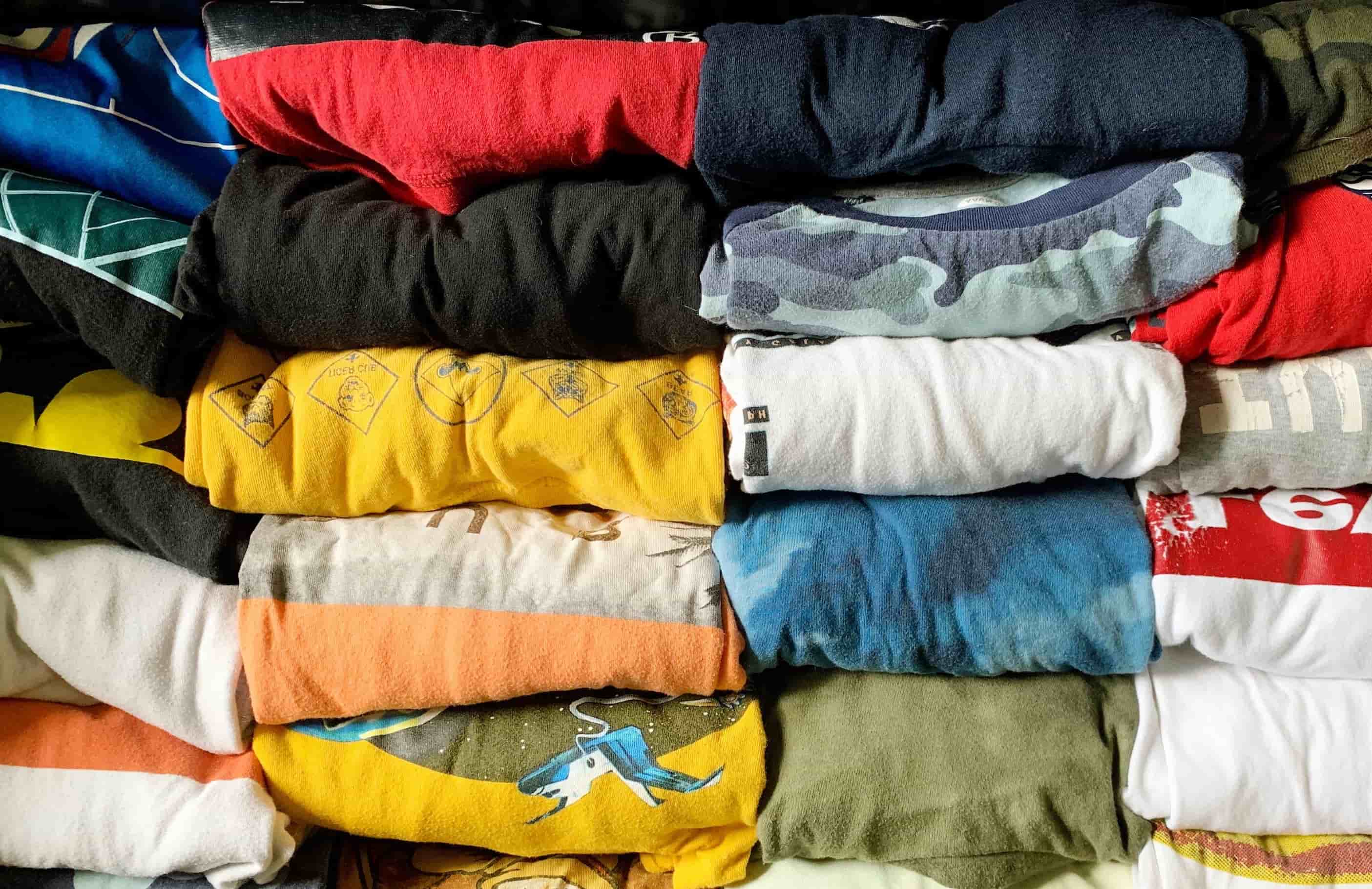
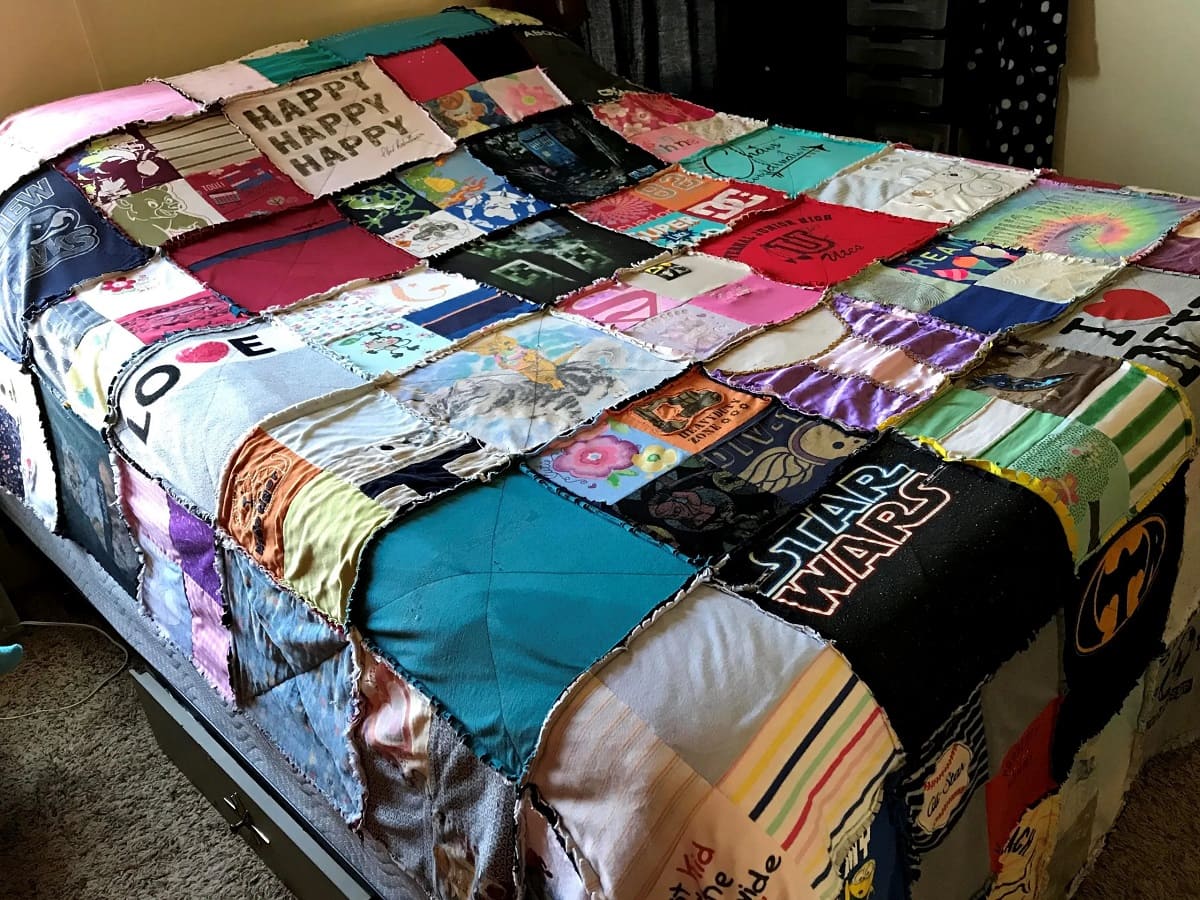
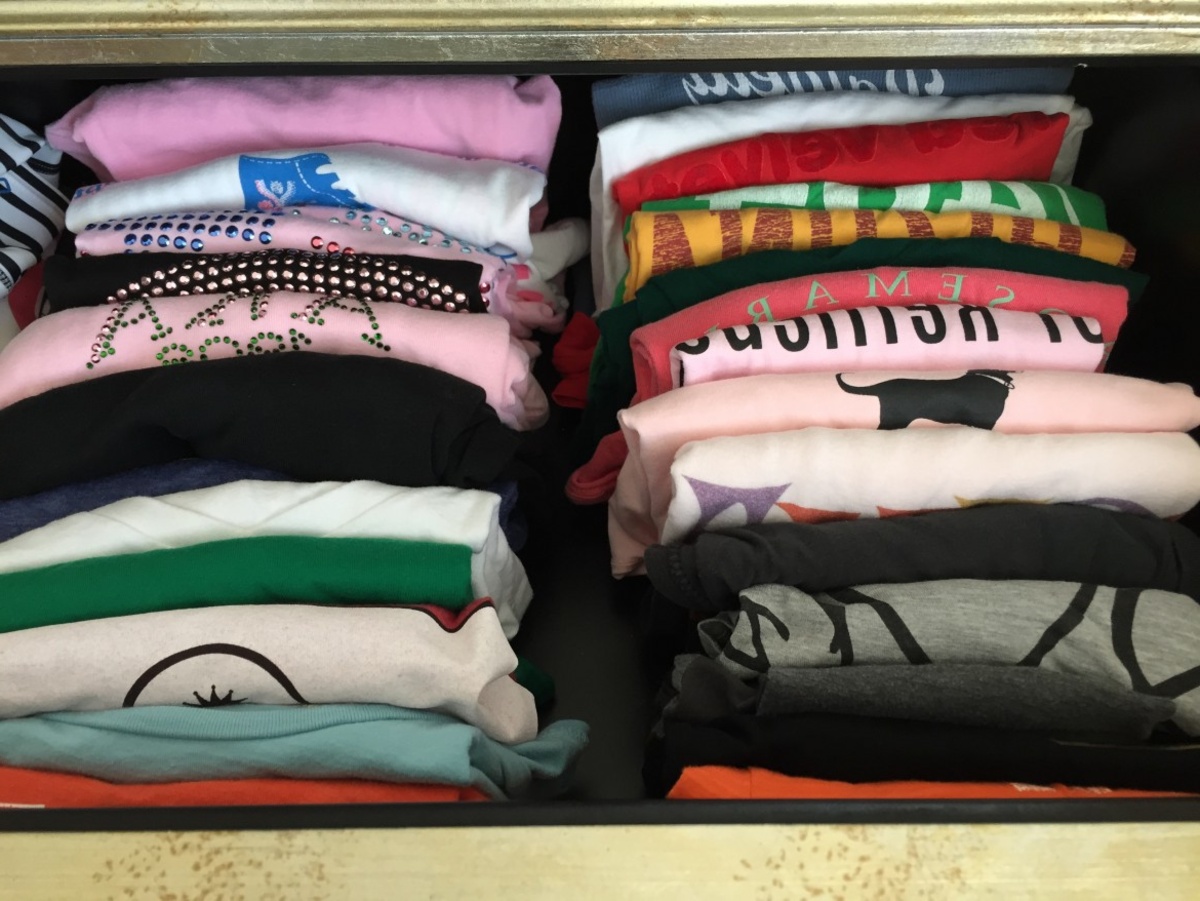
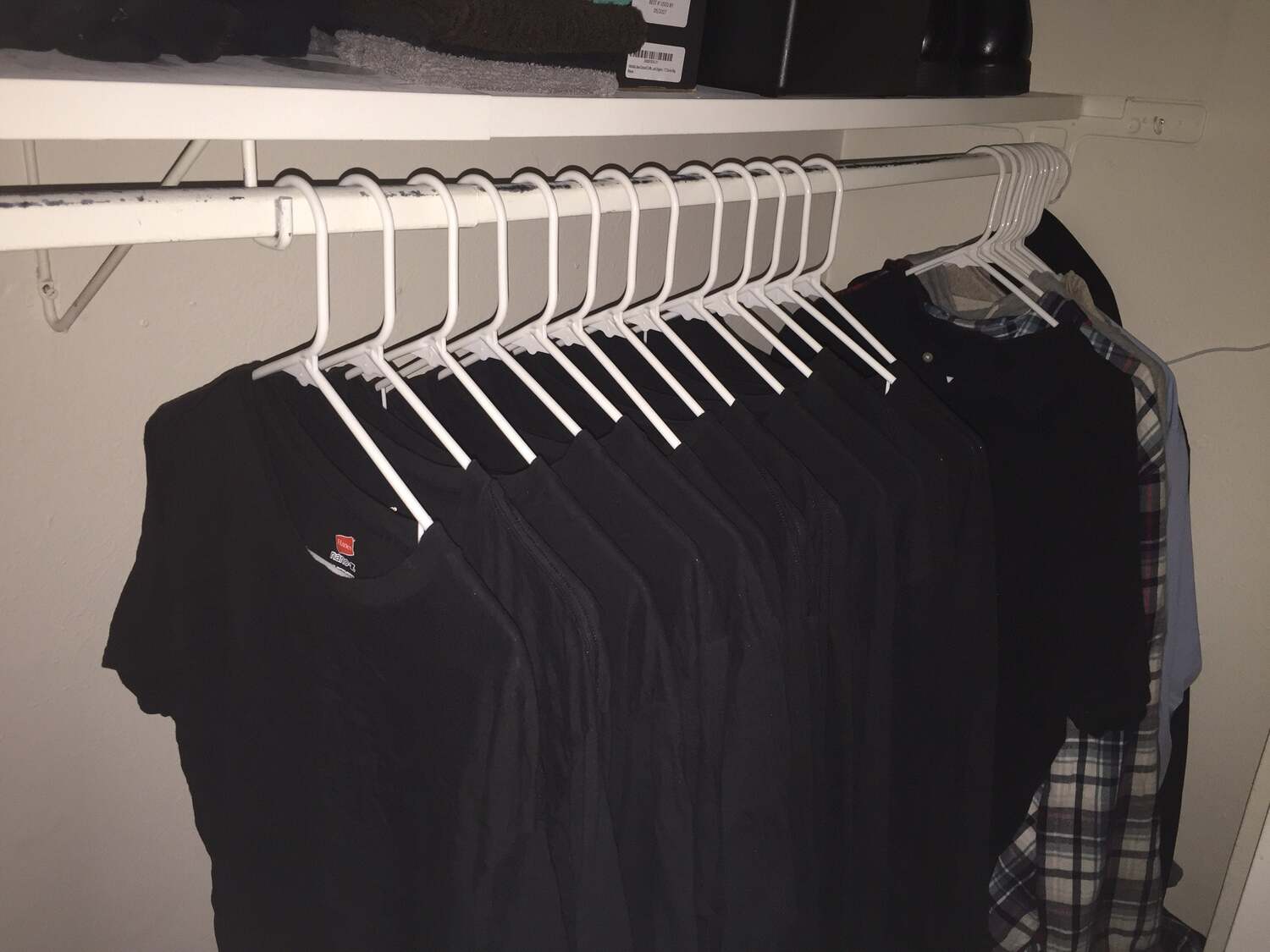
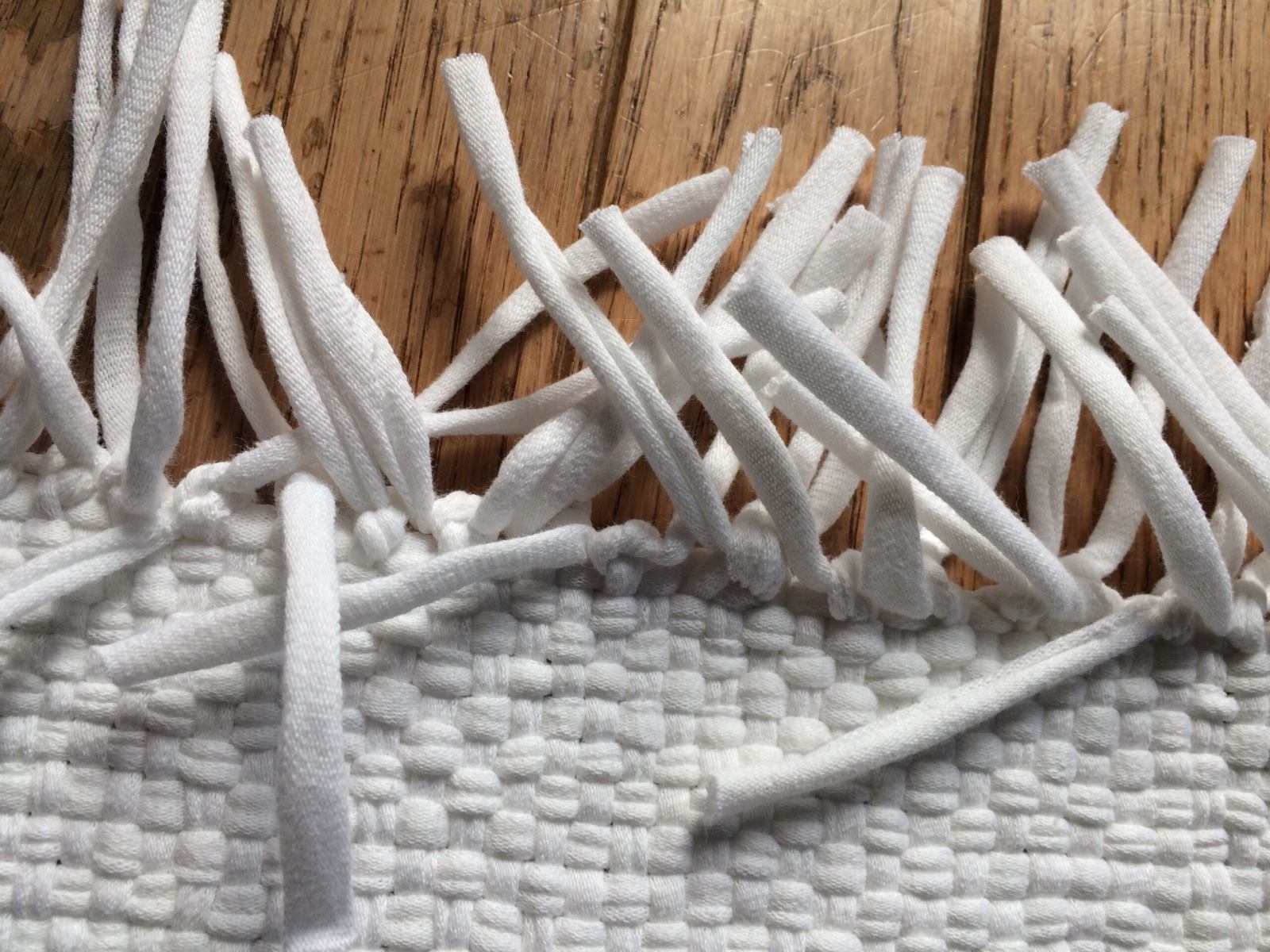


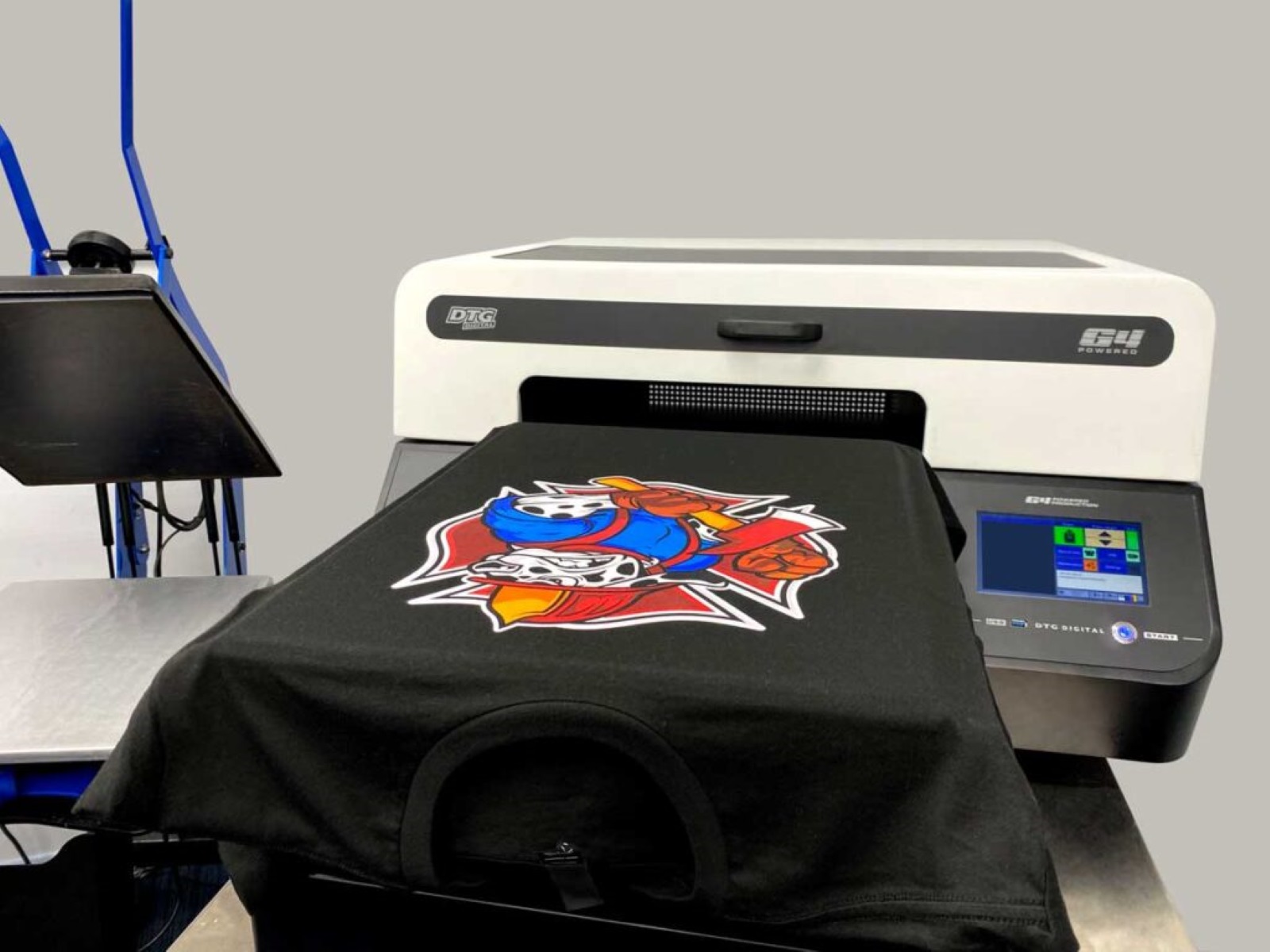

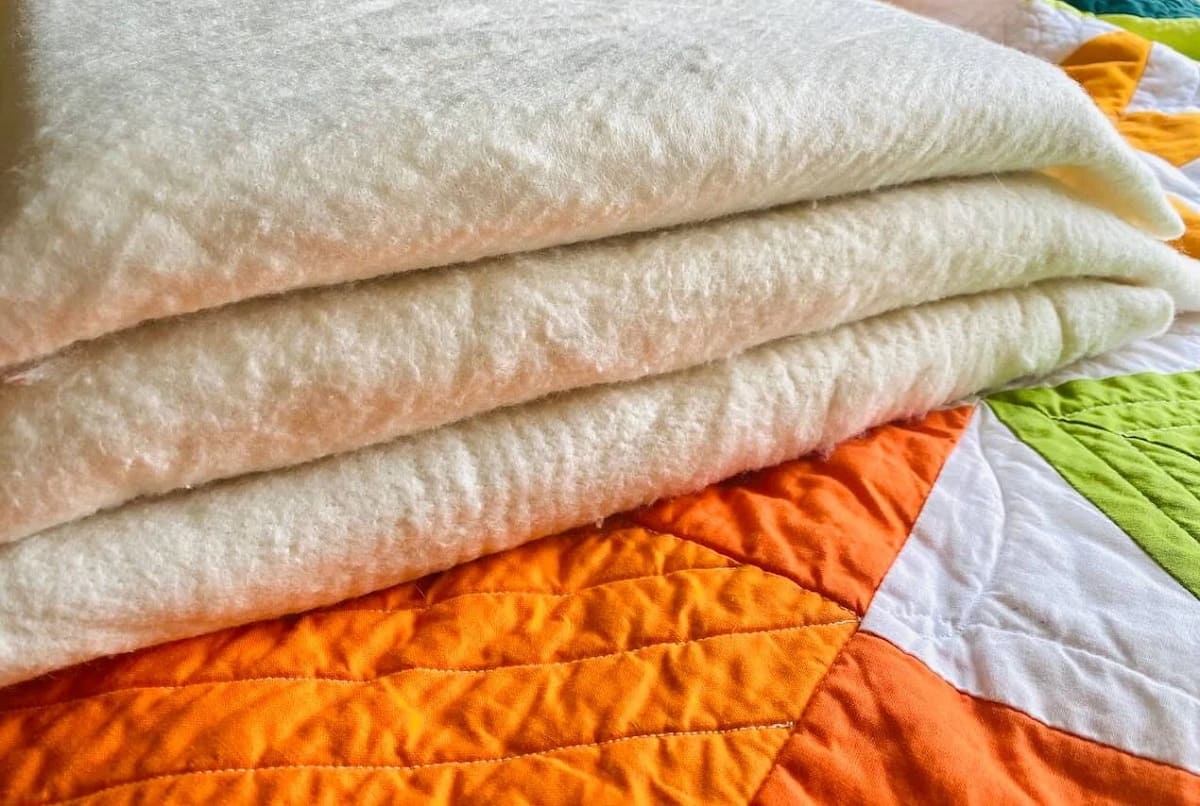

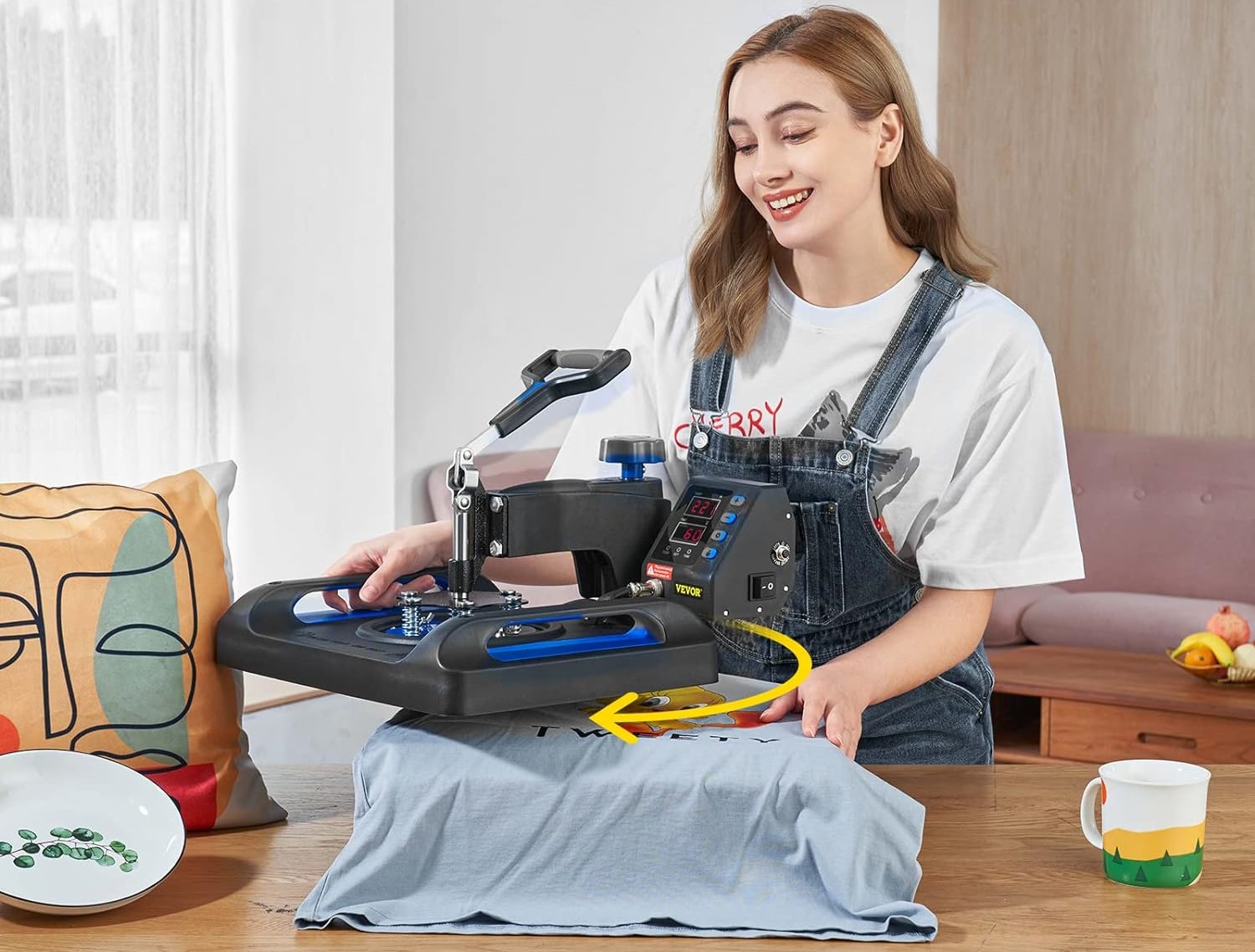
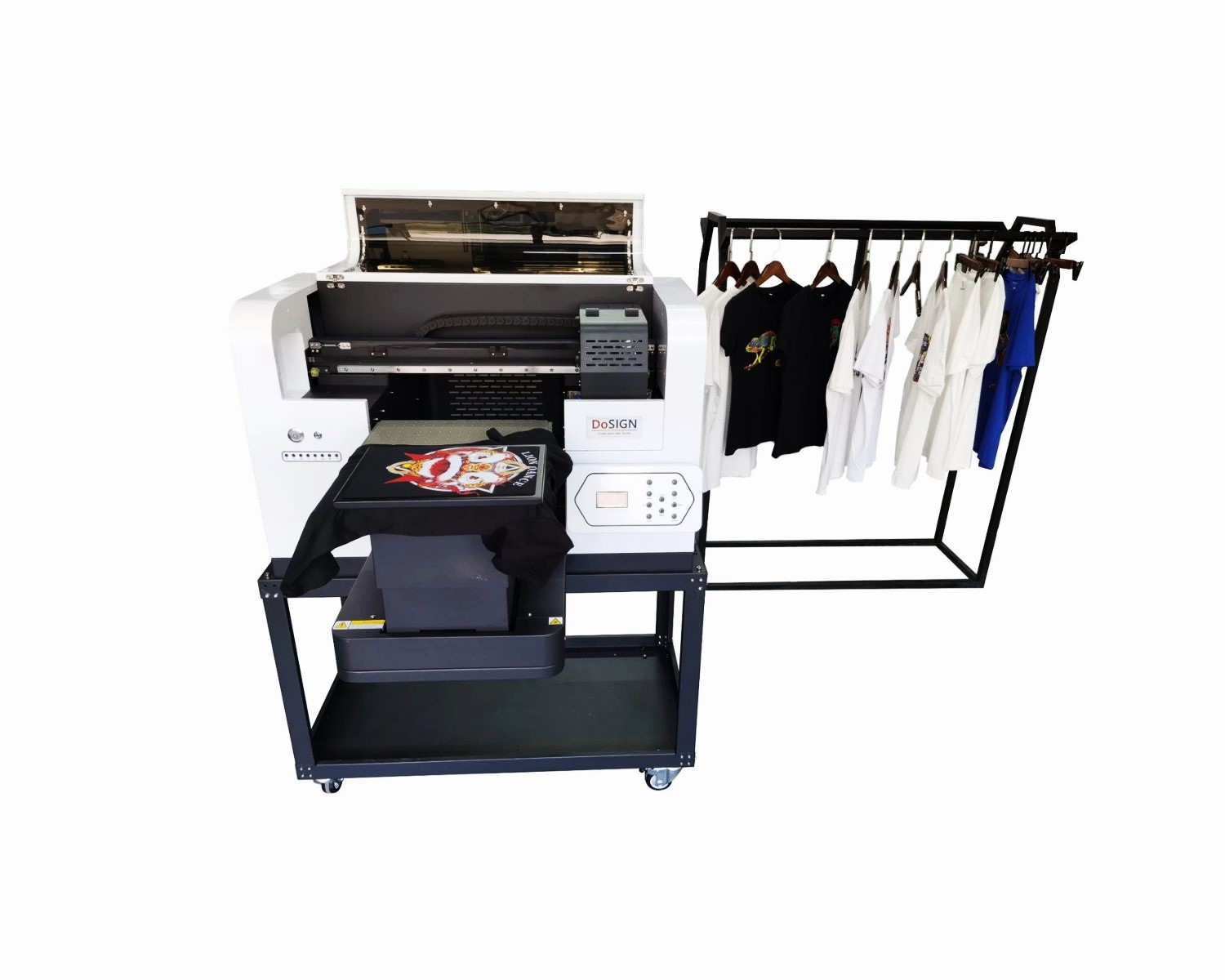

0 thoughts on “What Interfacing To Use For T-Shirt Quilt”